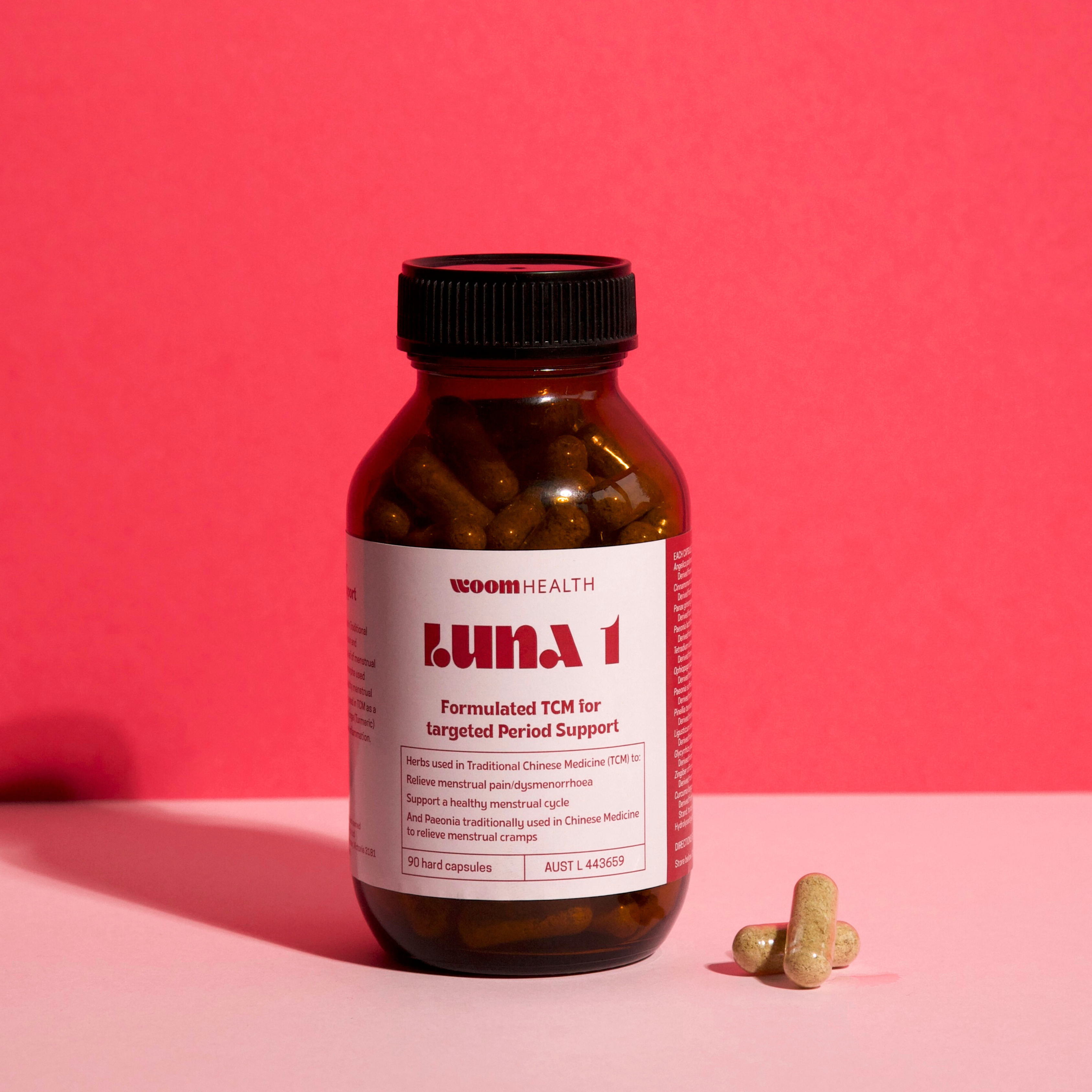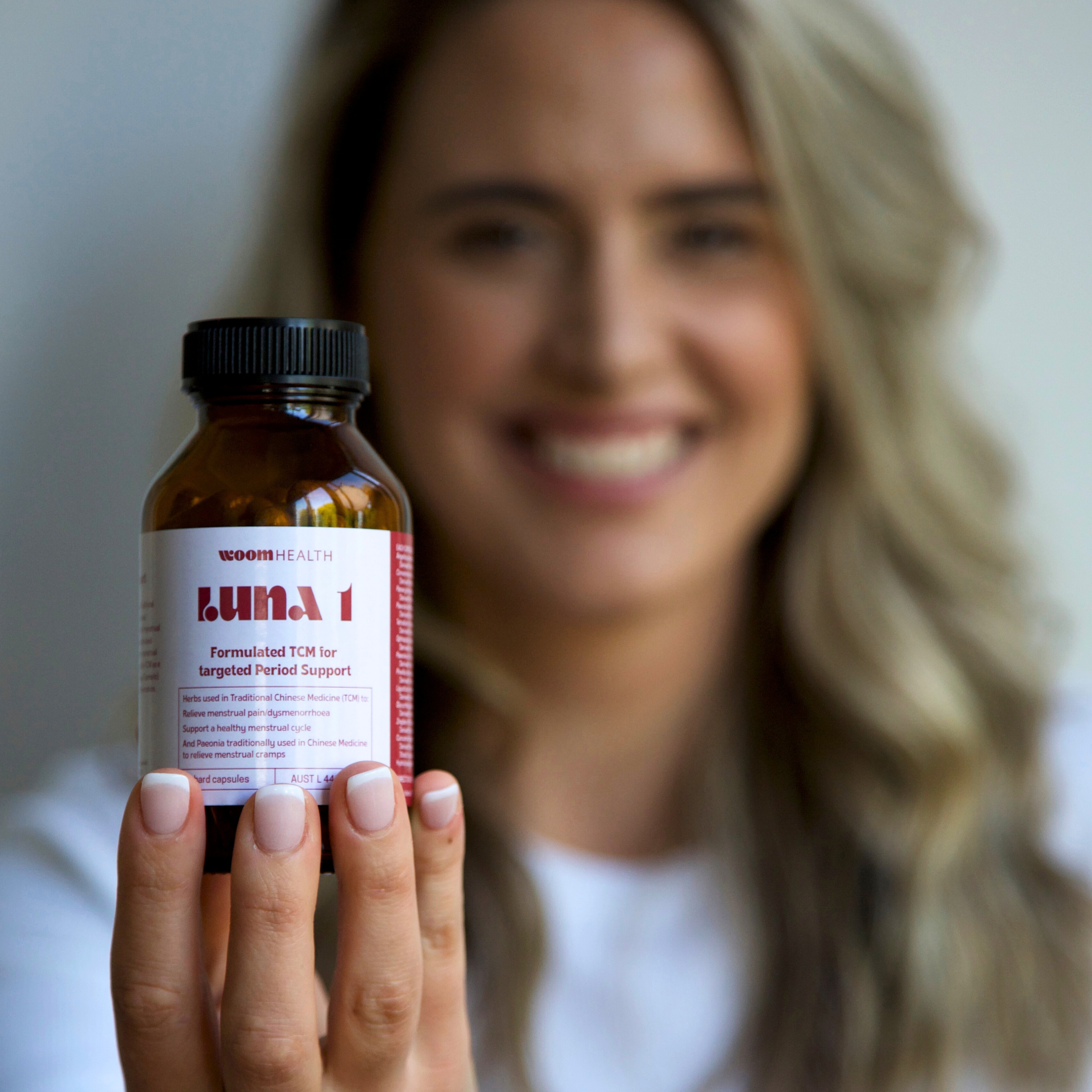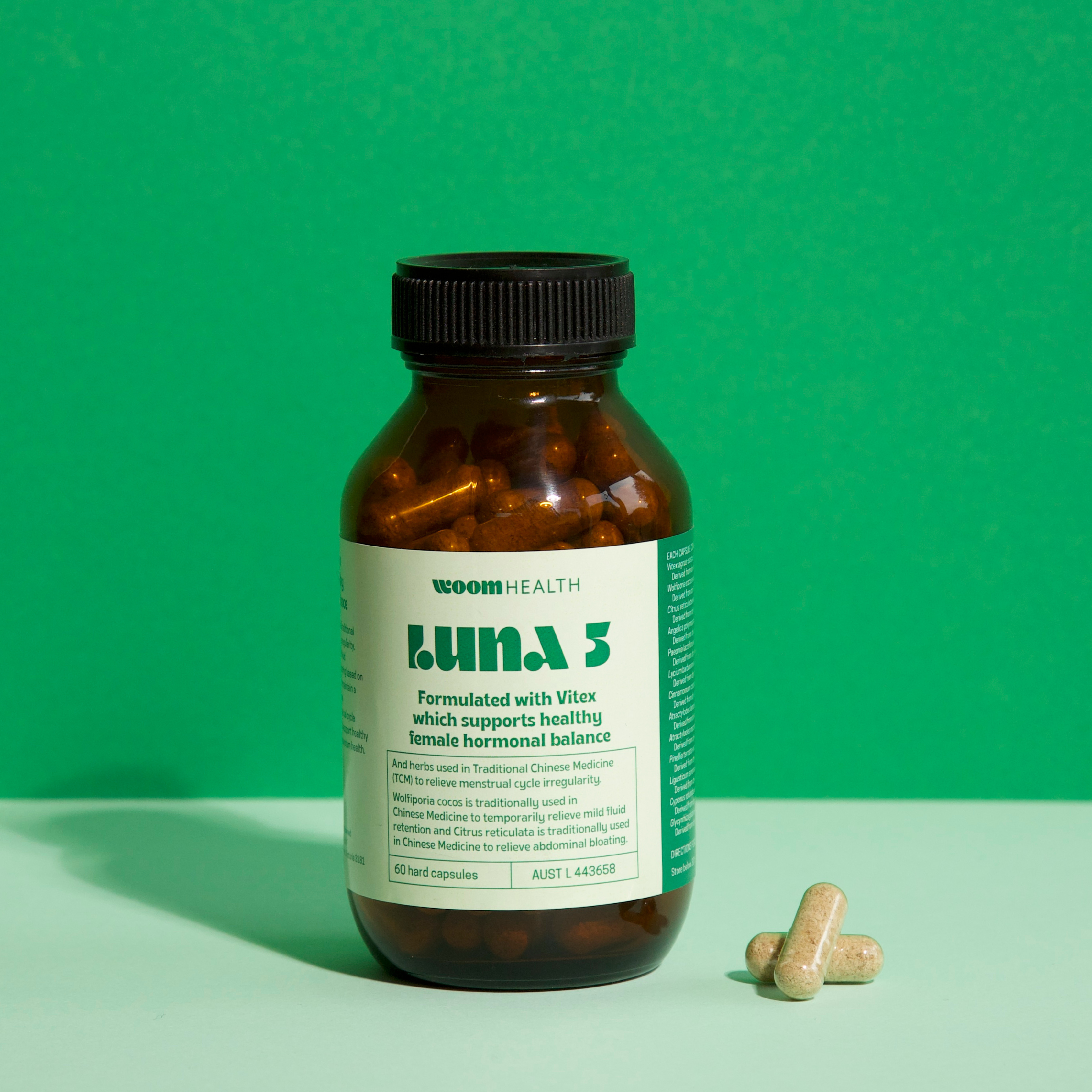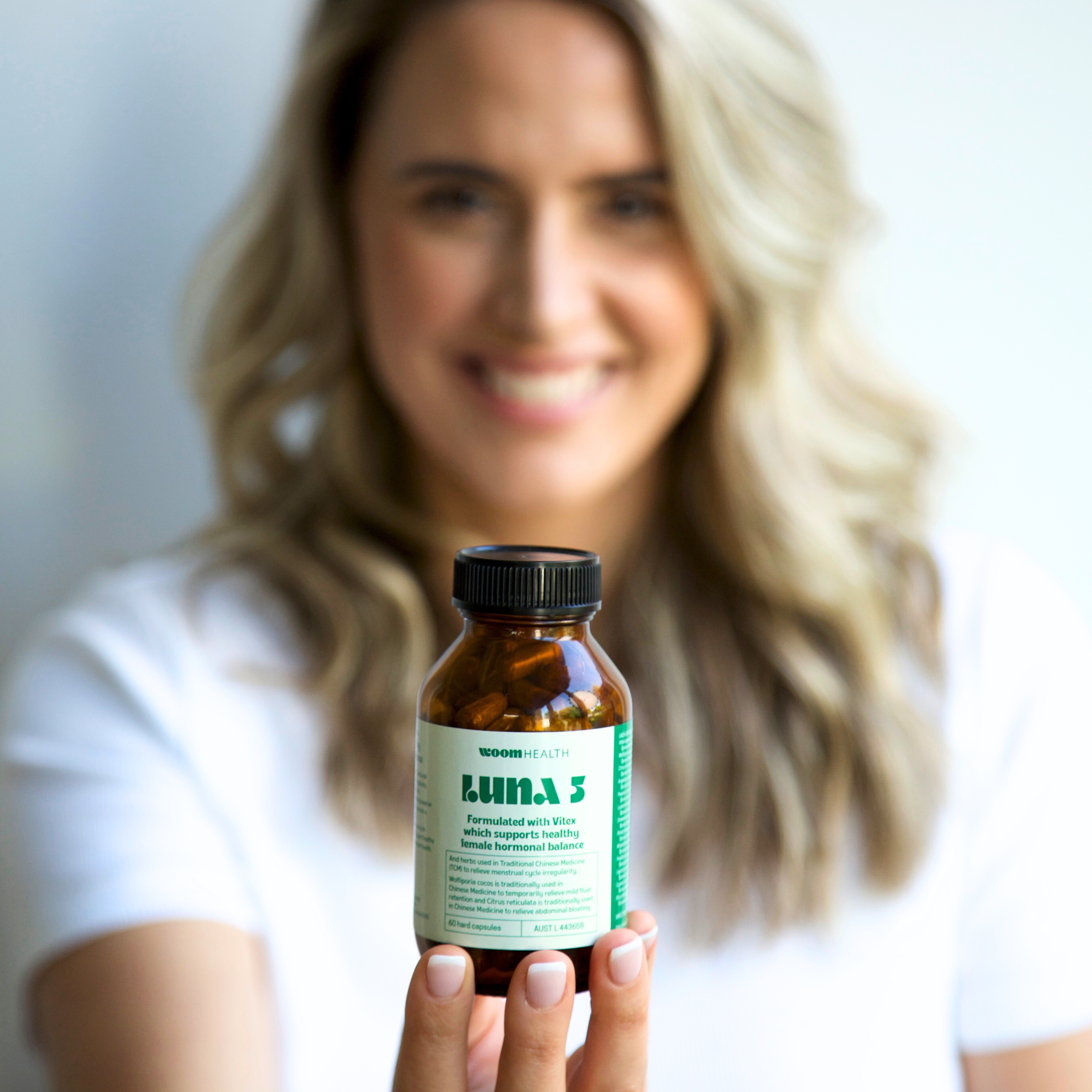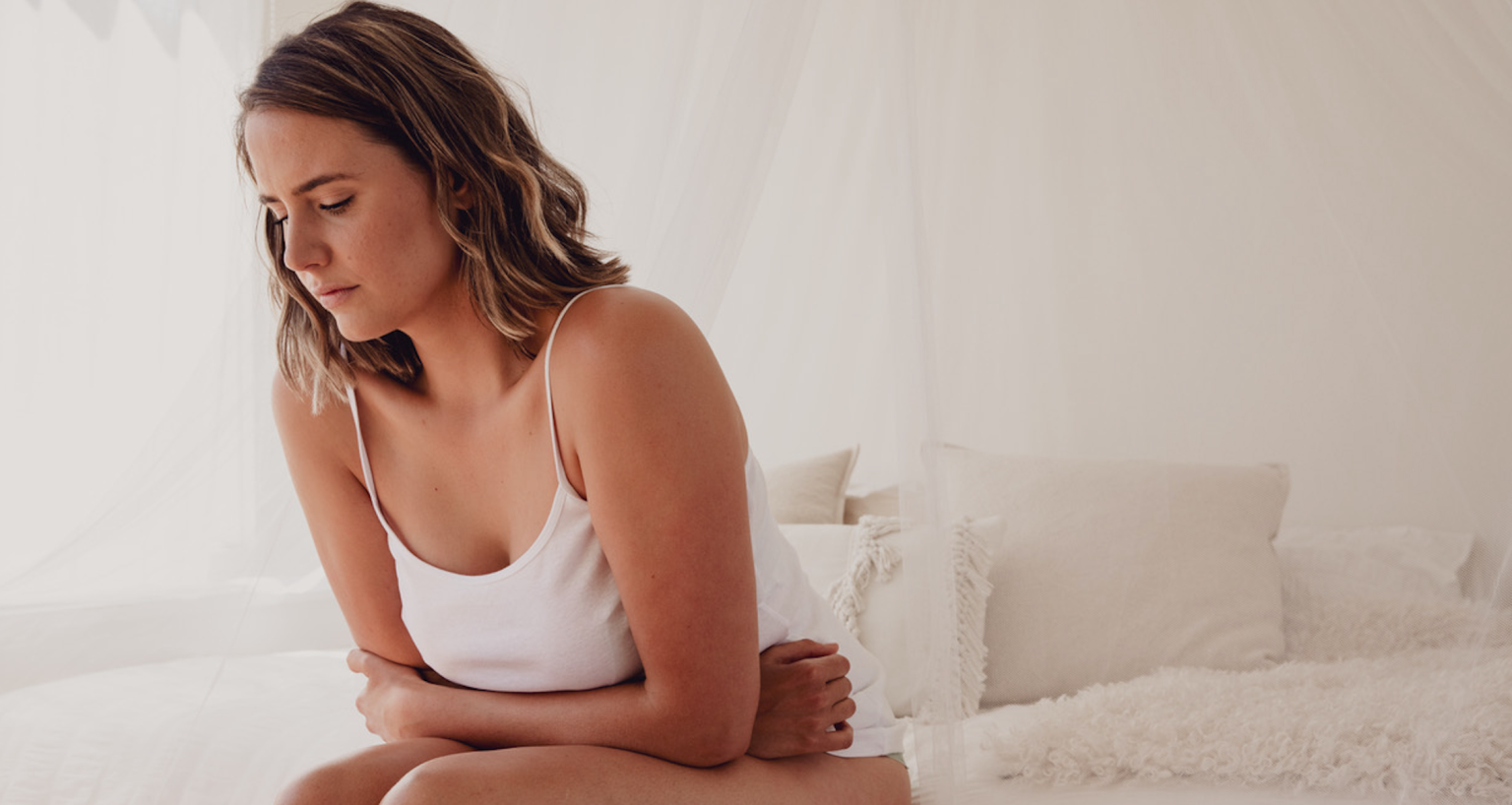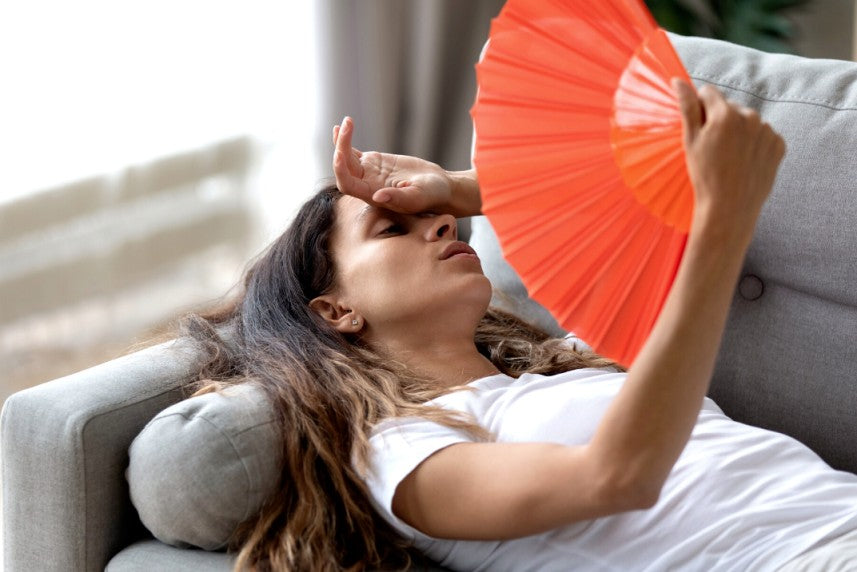Understanding female reproductive hormones
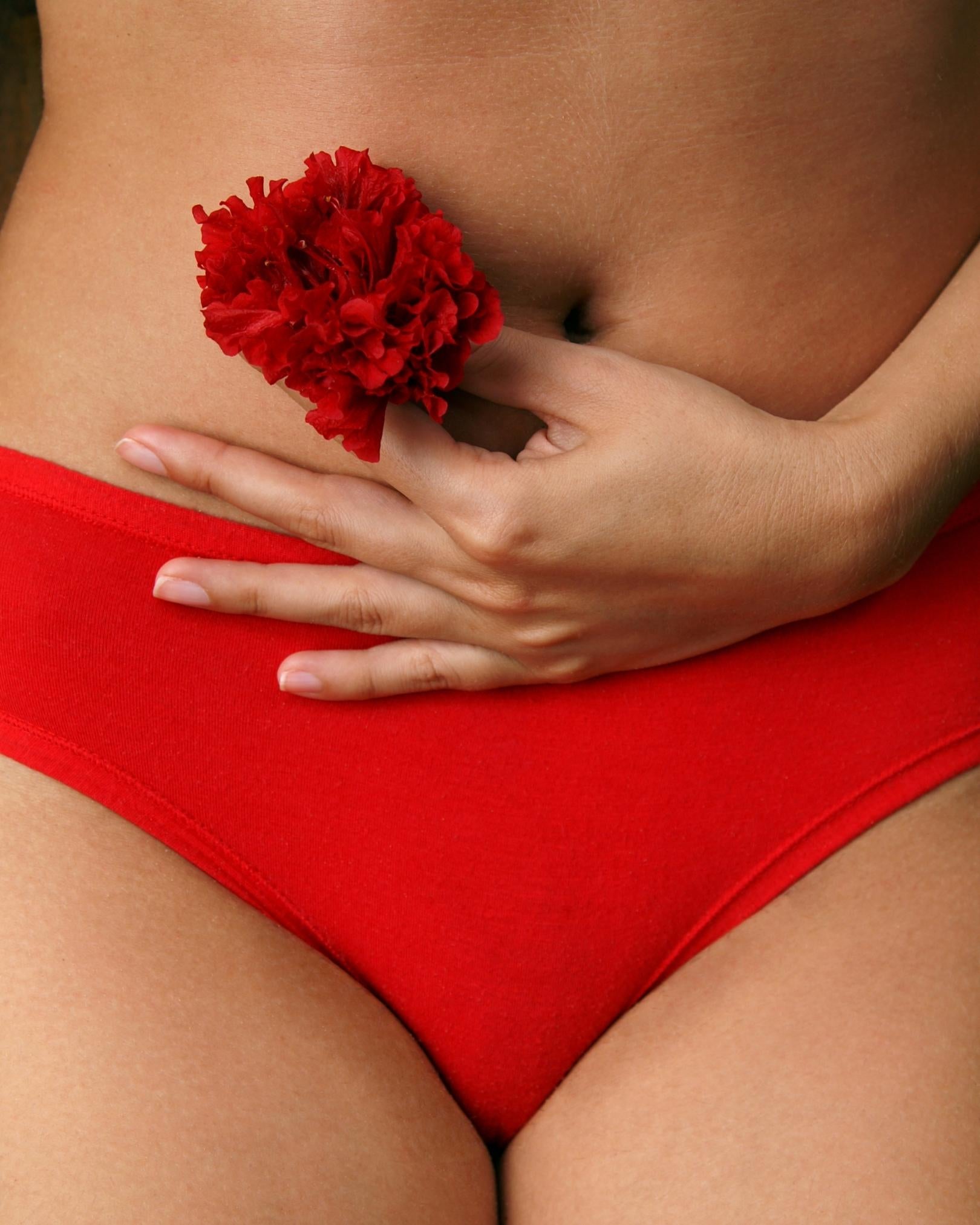
The female body is incredibly complex. In comparison with men who run through a hormonal cycle every 24 hours, women are tuned into a month-long cycle consisting of four different phases – and a whole lot of changes in our female reproductive hormones. When we think of the menstrual cycle, we usually think of the week we get our period (and maybe how much we cried leading up to it). But our cycle is so much more than just the week we bleed! Our menstrual cycle, or what’s now being referred to as our 5th vital sign, can reveal so many clues about our overall well-being.
Our hormones play a crucial role in how much energy we have each day, our mood, the food choices we make and how we feel about ourselves. When you understand the nature of your hormones and how they fluctuate, you can start to connect the dots and recognise how these hormonal changes could be contributing to the symptoms you’re experiencing.
So if your health ed class was lacking in highschool (🙋♀️), it’s time to get to know these key players so you can lean into the power of your cycle.
female reproductive hormones 101
female reproductive hormone: estrogen
Estrogen is the mother hormone that tends to be front of mind when we think ‘menstrual cycle’. It’s the hormone that surges during puberty, and brings about those exciting (and maybe a little uncomfortable) physical changes that signal all things womanhood. But estrogen isn’t just a key player when it comes to the health of our cycle, it also plays an important role in regulating our mood, supporting bone health and so much more. There are three types of estrogen to be aware of, estradiol, estriol and estrone.
Estradiol is the primary form of estrogen that dominates from the start of menstruation to menopause. Estriol increases during pregnancy and estrone is what continues to be produced after menopause. Estrogen fluctuates throughout the month in accordance with the different phases of the cycle. When you have your period, both estrogen and progesterone are typically at their lowest. During the follicular phase, estrogen begins to rise as the body prepares to release an egg. It peaks before ovulation and drops as you enter your luteal, or premenstrual, phase.
Estrogen imbalances:
- Low estrogen is most common in pre-menopausal women but it can also be seen in amennorrhea or if you’re following a low calorie diet. Low levels of estrogen can cause hot flushes, night sweats, mood swings, low sex drive and dry skin.
- High estrogen is a common hormonal imbalance caused by stress, underlying hormonal conditions like PCOS or endometriosis, xenoestrogens and low progesterone. Having too much estrogen can lead to weight gain, heavy periods, PMS, mood swings, depression and acne.
female reproductive hormone: progesterone
Progesterone is our calming hormone. It works to balance our mood, promotes healthy skin and supports a restful sleep. It also has the important job of sustaining a pregnancy if your egg successfully connects with sperm. This means that it remains low during the first half of the cycle, and it peaks after ovulation in the hope of sustaining a fertilized egg. If no pregnancy takes place, progesterone levels fall which causes the endometrium to break down. This signals the start of a new period. Both estrogen and progesterone are key players when it comes to regulating your cycle. And having the right amount of each is crucial.
Progesterone imbalances:
- Symptoms of progesterone imbalance are usually seen when there’s low progesterone. This can cause PMS, mood swings, premenstrual spotting, anxiety, low mood and irregular periods. Because it’s so important for nourishing a pregnancy, low progesterone can also lead to miscarriages and annovulation.
- Low progesterone can be caused by excess estrogen, stress, chronic dieting or low thyroid function.
Note: Imbalances between estrogen and progesterone happen when there’s an excess or lack of one hormone relative to the other. E.g. low progesterone levels can cause high levels of estrogen and vice versa. This means that even if you don’t have high levels of estrogen, you could still be presenting with symptoms of estrogen dominance if your progesterone is low.

female reproductive hormones: androgens
Androgens are a group of sex hormones responsible for kick-starting puberty, but they also play a role in regulating many functions within the body, including muscle development and bone density. As women, we naturally produce a small amount of androgens from our ovaries, adrenal glands, fat cells and skin cells. The key androgens you may have already heard about are testosterone and DHEA. Testosterone builds healthy muscle tissue and supports cardiovascular health, while DHEA plays a role in fighting inflammation and enhancing immune function. When you think of female reproductive hormones, androgens may be the last to spring to mind. But they’re actually incredibly important for healthy, symptom free cycles.
Androgen imbalances:
- Low androgens can disrupt ovulation, reduce libido and impact your mood and energy levels. Having low levels of androgens is a hormonal imbalance that commonly appears in post-menopausal women, or in those with adrenal dysfunction.
- Excess androgens can be caused by underlying hormonal conditions like PCOS, inflammation, elevated prolactin levels or insulin resistance. Having an excess of androgens can lead to weight gain, irregular or absent periods, acne and hirsutism.
how to balance your hormones naturally
Balancing your hormones is not only beneficial for healthy periods, but it can quite literally change your life. The female reproductive hormones have such a widespread influence on the body as a whole, and when you get to the root cause of your symptoms you’ll find that everything falls back into place.
PSA: a healthy menstrual cycle should be relatively symptom free. That means zero mood swings, heavy or irregular periods, pain, cramping or fluid retention. Although these symptoms are so common among people with a womb, they are definitely not normal. If you’re experiencing any of the above on a regular basis, there’s a good chance that your hormones are a little out of whack – but don’t worry. The good news is that you can address the root cause with the ancient wisdom of herbal medicine 🤝
